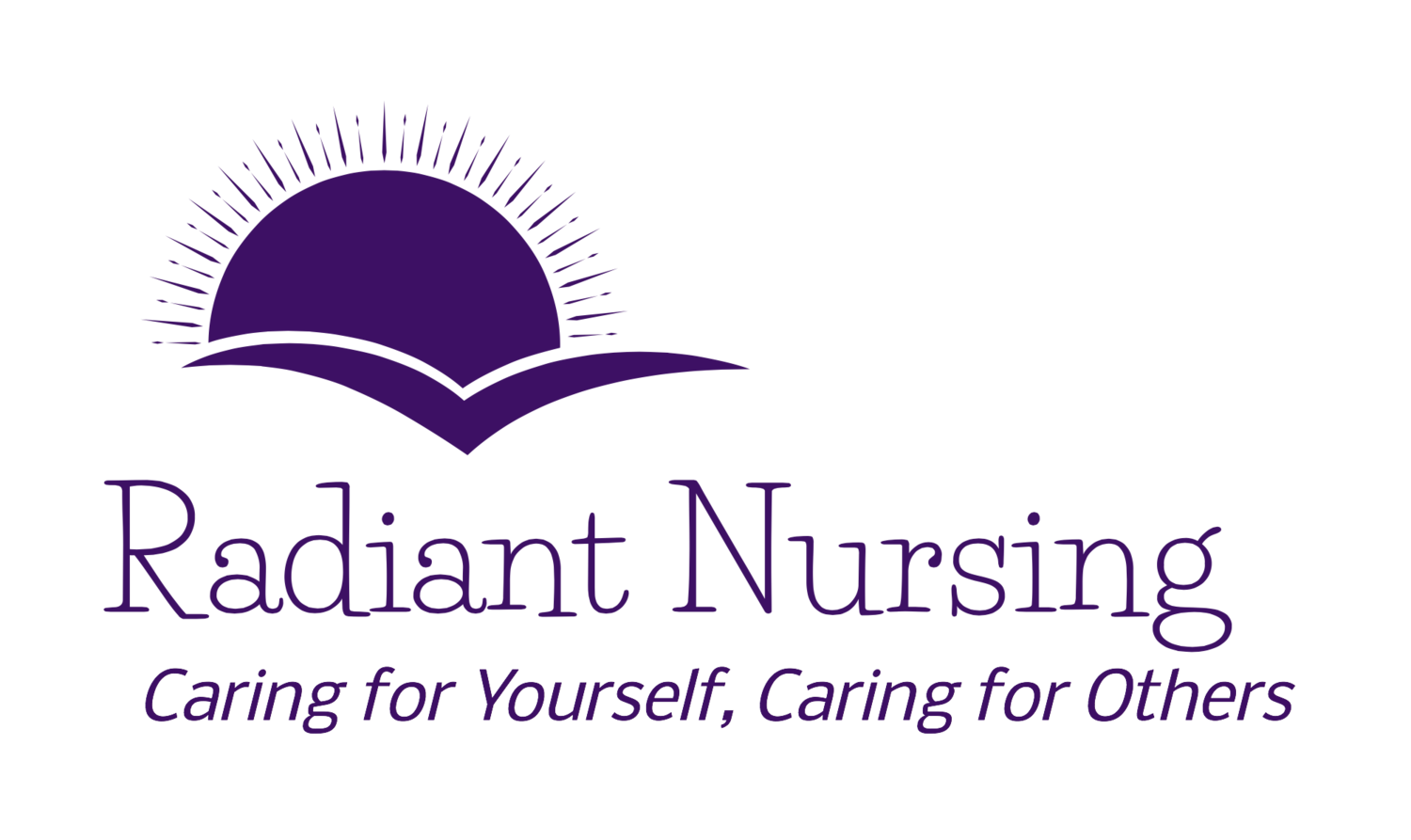Happy Thanksgiving Day
/A Day For A Feast
It’s Thanksgiving in the USA. A time for family and friends to gather for a Thanksgiving meal and to share in the abundance and generosity of life.
A Meal From The Past
Thanksgiving is a time of feasting – harkening back to 1621 when Native Americans and Pilgrims shared in a festival that celebrated a successful corn harvest.
Though turkey was consumed on that first Thanksgiving, much of what we have to eat today was not on the menu. Cranberry sauce would not have been there. The sugar sacks the Pilgrims brought with them were depleted by then and cooks didn’t start boiling cranberries with sugar until about 50 years later.
Potatoes, sweet or white, were not consumed at the time, but turnips might have made their way to the table. Without flour or butter, the settlers couldn’t make a pie crust and they hadn’t constructed an oven for baking yet. Cooking was done over an open fire or in hot ashes.
One item frequently off our Thanksgiving menu is seafood, but mussels were abundant in New England and it’s likely the colonists included them in their feast.
What’s On The Menu
For today’s Thanksgiving in the United States, the dinner table will be laden with pumpkin and pecan pies, green bean casserole with fried onions sprinkled over it, candied-yams casserole with toasted marshmallows on top, cranberry sauce and the ubiquitous roasted turkey.
Some Call It Stuffing, Some Call It Dressing
Seasoned bread cubes combined with celery, onions and carrot are part of the Thanksgiving menu.
Some like corn bread stuffing, while others prefer a plain bread stuffing. Some put the stuffing in the turkey, others prefer to bake it separately. Still others eschew the whole stuffing/dressing idea all together feeling that there are enough carbohydrates in the dinner rolls and mashed potatoes.
It’s called stuffing by most, but some call it dressing and others use both terms interchangeably. It can be argued that it’s called stuffing if it’s stuffed inside the turkey, and dressing if it’s baked in its own dish. But, these are only style points. It all goes with the turkey.
Cranberry Sauce, Berries Or Not
Some like cranberry sauce smooth and jellied and others like it with berries. Cranberry sauce is there to cut the richness of the other main-meal foods. Some like their cranberry sauce straight out of the can to include the little ridges left from the can, others like it homemade.
Pie For Thanksgiving
Every family has its own variations on a theme – some prefer sweet potato pie over pumpkin pie. Some like to toss in an apple pie. Some choose not to debate it and include all three pies for dessert. Pecan pie is a favorite. Pies dominate over cakes for this holiday.
Time To Eat
Then, there’s a debate on how to eat it. Some ascribe to the notion that the food is best enjoyed by getting a bit of turkey, mashed potatoes, stuffing and cranberry sauce on your fork… all for just one mouthful. Others believe each bite should be consumed individually and thoroughly enjoyed.
Still others prefer to remain vegetarian and celebrate Thanksgiving with all the sides and skip the turkey!
However you enjoy your feast, it’s a time to give thanks for all we have.
Whether you are with a lot of family, just a few family members, or by yourself, let gratitude pour into your heart. Gratitude for this very bite of food.
Happy Thanksgiving.






